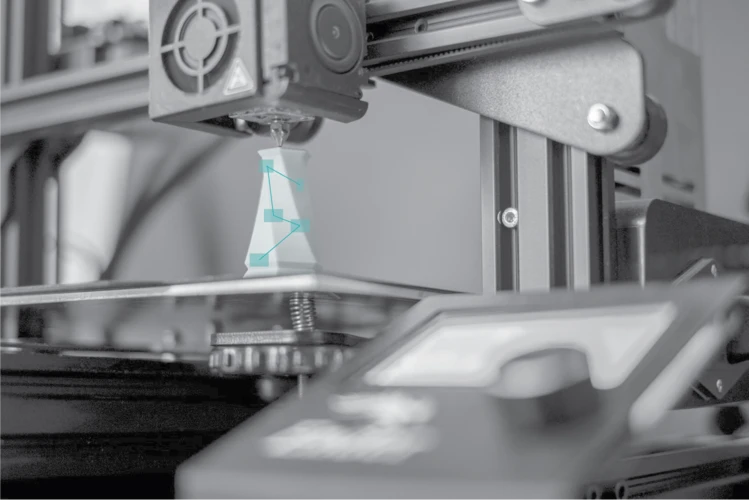Anomaly Detection in Track Scenes
Detect anomalous objects from videos taken by cameras on a train.
Input
Large set of unlabelled videos and small set of labelled videos, all taken by cameras on the train
Output
Masks/bounding boxes of objects in the scene, with an anomaly score for each object
Goal
Detect objects within the volume surrounding the upcoming path of the train and estimate how anomalous they are











